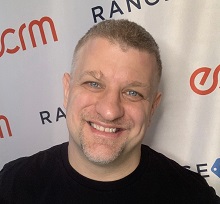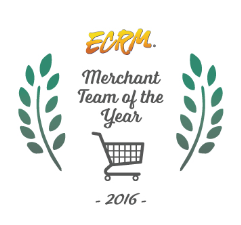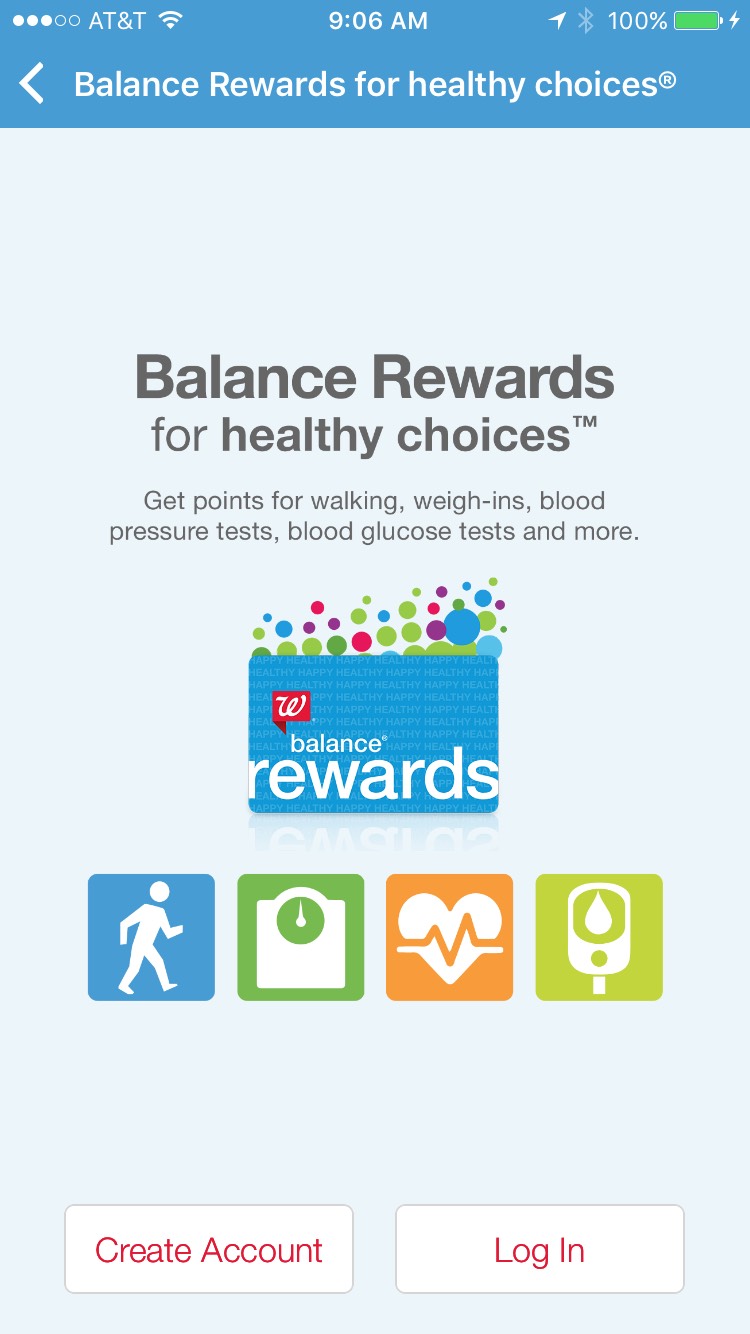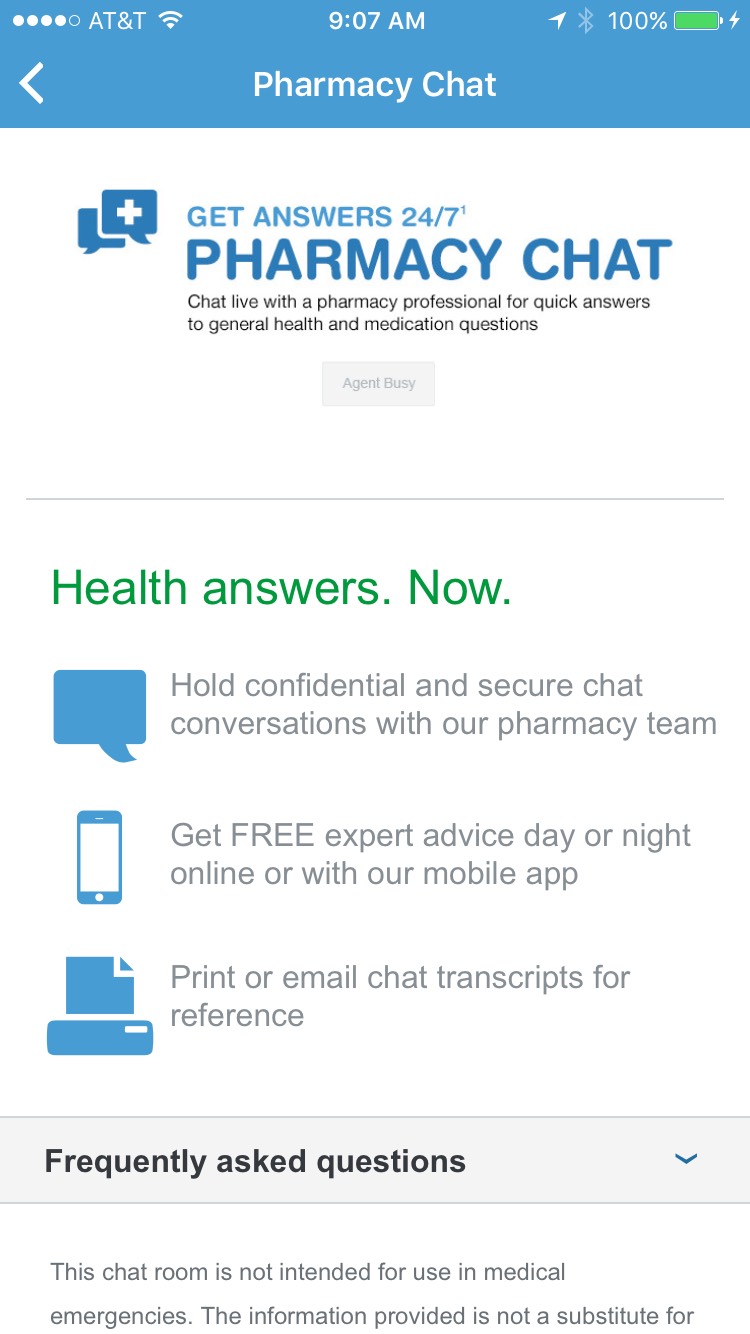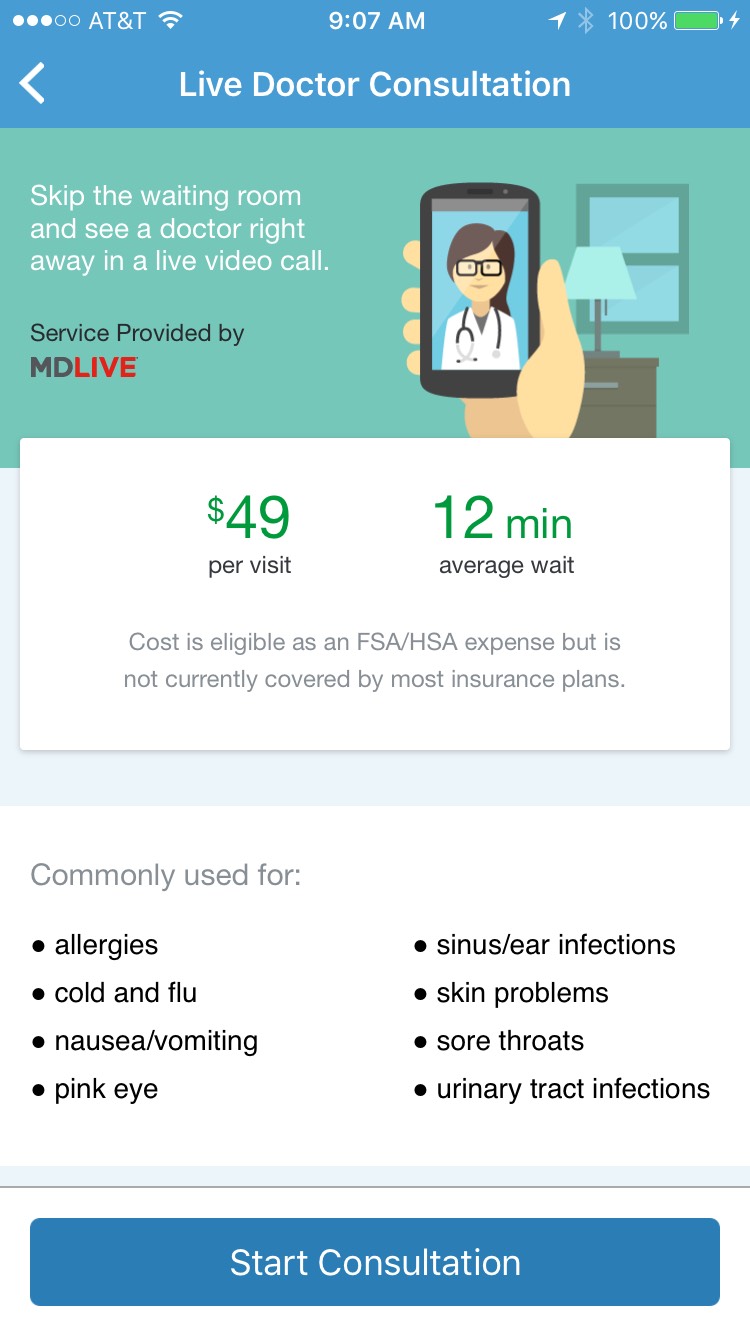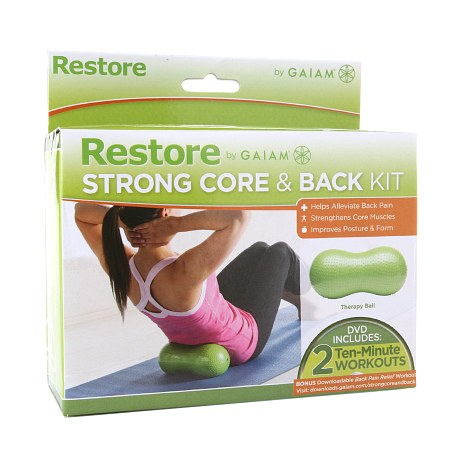Walgreens’ Merchandising: A Tailored Omni-Channel Approach 1/23/2017
Walgreens Robert Tompkins, general merchandise manager and group vice president for health & wellness, and his staff were recognized this past December with ECRM’s Merchant Team of the Year award for excellence in sourcing, merchandising, and supplier collaboration.
In the first part of the Merchant Team Award coverage, ECRM discussed sourcing strategies with Tompkins, as well as his team members Heather Hughes, divisional merchandising manager OTC, and Mike Wolf, divisional merchandising manager advanced care. In this second of a three-part Q&A, we focus on merchandising.
ECRM: What is your merchandising philosophy as it relates to the store and particularly the integration of front of the house and the pharmacy?
Tompkins: Our mission is to be America’s most loved pharmacy-led, health, wellbeing and beauty retailer, and inherent in that pharmacy-led part of our mission is this idea that what we do from a health perspective on the front end of the store is really integrated with our pharmacy strategies. Beyond that, we are creating a differentiated experience and we see providing unique assortments as key to accomplishing that. We’re improving our value proposition through our “3 Ways to Save,” strategy, in enhanced and optimized price, promo and points offers. We have approximately 87 million shoppers who have now signed up for our Balanced Rewards loyalty card. It’s been a very successful program.
We are taking an omni-channel and tailored approach. As we’re bringing our integrated strategies to life on the front end, a lot of suppliers used to think of us as an 8,000-store chain, but really when you segment the demographics within our stores, and the volume within our stores, we really have several distinct sets of stores within the chain. We’re in Hispanic areas, we’re in senior areas, we’re in urban areas, and the merchants are doing a much better job of curating their assortments based on these distinctive sets of stores that we have. And I think a lot of suppliers are starting to do a better job of realizing that the supply goal shouldn’t necessarily be 8,000 doors; it should be the right doors. And that they would rather get into 2,000 of the right doors and do really well, than be overextended into some stores where their product might not perform.
Wolf: Expanding on that, to get even closer to the customer, we have a corporate lens of right item/right store. We also now have regional merchandise managers. We have people in the markets that get regional expertise to help hone in even deeper. Our Duane Reade banner in New York is an example. We’ll have a regional merchandise manager that’ll live in New York and understand local needs of that region, and they’ll have a dedicated space in the store to actually get a local, relevant presence.
Heather and I have peers here corporately that manage our network of regional merchandise managers and at an ECRM EPPS, for example, we may find an item that will just excel in New York, and we’ll make those connections to get them in the right stores.
ECRM: Consumers seeking products for wellness and beauty increasingly want experiential interactions. Can you talk a little bit about what you are doing in the realm of experiential marketing?
Tompkins: We’re very focused on our in-store experience and I think a lot of the work that we’ve been doing in beauty in many stores in market now, is really reflective of a long-term strategy to create a unique front-end experience. Beauty is an example of where we’re going – with broadened assortments, including many exclusive products & ranges. We have improved our customer care model by providing enhanced training for our beauty consultants. And, we have improved the physical experience in many stores with new fixtures and it really is providing an elevated shopping experience.
ECRM: Can you provide some examples of how you are accomplishing this?
Tompkins: We currently have work underway in the health and wellness department of the store. Some of that came to fruition this last month with the introduction of new assortments in fitness and health. We launched the Gaiam brand in stores based on some deep shopper insights we had that shoppers are looking for a different experience in terms of assortment when it comes to helping their lifestyle needs.
You’ve also seen the introduction of Web MD materials into our stores, through signs and brochures based on the shopper’s need to be better educated on the health decisions that she’s making, and on Walgreens.com. We’ve also launched a program with Vitamin Angels which is a really compelling platform that we’ve brought to life in store through settings and fixturing. Through this exclusive arrangement with Vitamin Angels, our customers and store employees have helped to provide 100 million children and mothers with essential vitamins and supplements they need to help prevent blindness and other serious conditions in undernourished children around the world just the last two years. So, we have these insight-driven platforms that we’re bringing to life in-store and that are really starting to make a difference in our market share.
Hughes: Red Nose Day is another big cause relationship where we create a full in-store experience. We start to pull it together for the whole customer in all of health, wellness and beauty and where a customer can come in and enjoy that experience for something that’s really going to do something good for children in need.
ECRM: You have a huge user base of your Walgreens Mobile App; can you tell us of some tie-ins between the app and the store experience?
Tompkins: The great news is that our award winning app is the single most used health retailer app in the country , and it’s widely used by our pharmacy patients. Through our collaboration with Web MD, we’ve been able to bring Web MD content to bear through our mobile app. We also have a really unique platform at Walgreens called Balance Rewards for Healthy Choices. The platform, which is included on the app, actually allows a user to set a healthy goal -- it could be steps, exercise, or quitting smoking, for example, and be rewarded with Walgreens Balance Rewards points. That’s a great example of where we have taken some deep shopper insights around a desire to be motivated to make good, healthy decisions and created a unique digital platform that’s available through our app for our patients and our customers.
Wolf: The app functionality helps improve the shopping experience, so it’s not a separate shopping experience, but rather it’s part of it. Whereas historically speaking you’d have to pick up the phone or walk into a physical store and get advice with one of our pharmacists, our app now has a Click to Chat feature, that a mom with a sick kid can use to chat live with a Walgreens pharmacist 24/7. So you aren’t physically bound by the constraints of our brick and mortar store. We’re leveraging our omni channel access to make the solution more robust and more on her terms and where she needs it versus having to come to the store, but it’s still part of an in-store experience because it uses the equity of our pharmacists.
Another great program is MD Live. Similar to Web MD, where we’ve forged external partnerships that are mutually beneficial, if that mom has to deal with a much more acute issue, like her child’s chronic ear infection, and it’s three in the morning, she can open the MD Live app and for $50 she can actually see and chat live with a physician, get a diagnosis and, if needed, that physician can write a prescription into one of our 24-hour locations to be filled. Or, anywhere to be filled, transparently. And that’s live in most states.
Tompkins: The key three pillars to our health and wellness strategy are to engage, educate, and motivate our patients and shoppers. We can educate through Web MD. We can engage through pharmacy chat or MD Live, and then we motivate through our Balance Rewards for Healthy Choices platform where we literally give points when they make healthy decisions.
ECRM: So you are in effect digitally achieving the experiential aspects attained on the beauty side of the business via an Omni-Channel platform.
Wolf: We are. And in fairness, they are as well. They’ve launched a beauty club to help motivate and grow the loyalty of their shoppers. We also have introduced digital assets that the shopper can use to help educate them on proper products to use, and in some stores we’re even providing education via tablets to empower our beauty consultants to provide better information and consultation in store to customers. So the Omni Channel approach and activation of the strategies in health and beauty is really robust.
